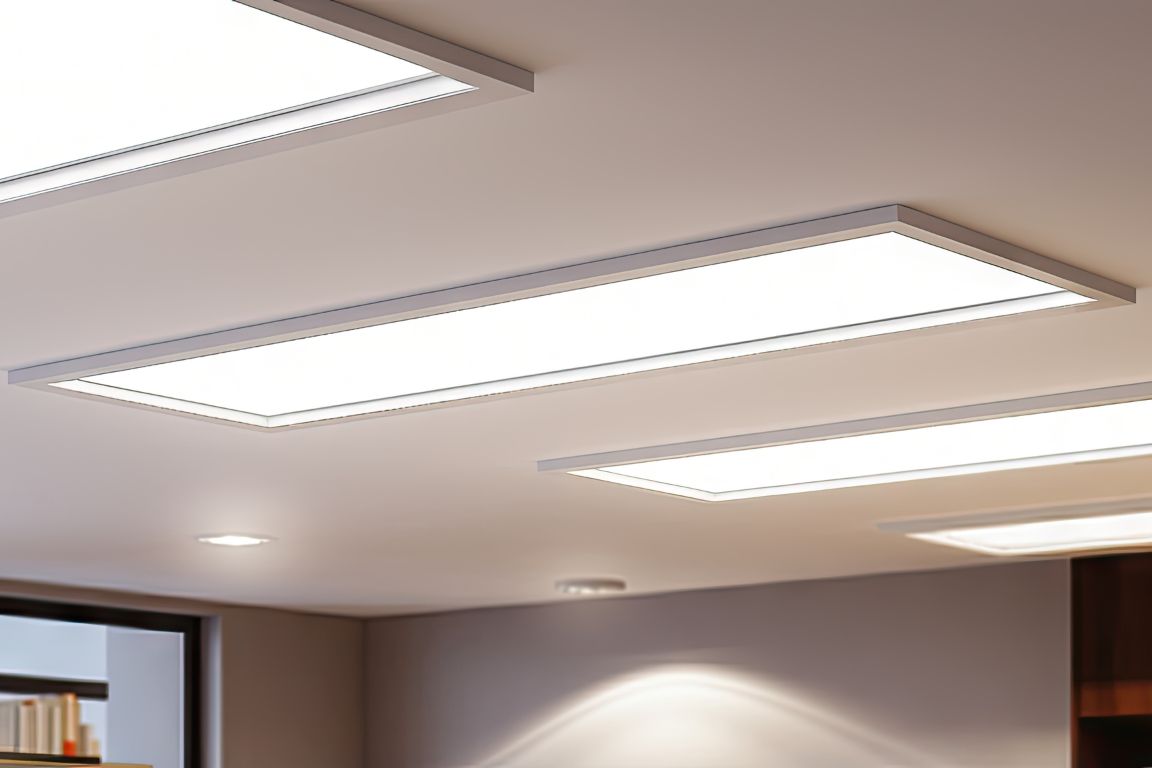When it comes to commercial buildings, maximizing efficiency isn’t just an environmental goal—it’s a financial one, as well. Adopting measures that optimize energy use and enhance performance can lead to significant cost savings. As you navigate the myriad of options available, consider these impactful strategies to improve the efficiency of your commercial building.
Adopting Energy Management Systems
Modern buildings are smart buildings, and an energy management system (EMS) is a sophisticated technology that monitors, controls, and optimizes your building’s energy consumption. An EMS can identify wastage and recommend optimizations by providing real-time insights into energy use patterns. With a good EMS, you can balance energy conservation with providing a comfortable environment for occupants.
Enhancing Building Insulation
One of the most overlooked aspects of building efficiency is insulation. Effective insulation ensures that indoor temperatures remain stable, reducing the need for excessive heating or cooling. Materials like spray foam or cellulose bolster thermal comfort and can lead to substantial savings on energy bills. Moreover, upgrading windows to double- or triple-pane variants can further seal a building, keeping unwanted temperature fluctuations in check.
Utilizing Programmable Thermostats
Opting for programmable thermostats can significantly reduce energy consumption. These devices allow you to set temperatures based on occupancy hours, ensuring that heating or cooling isn’t wasted during off-peak times. Modern thermostats even adapt to your building’s schedule and make automatic adjustments. Integrating them with other smart building systems can lead to a comfortable and energy-efficient environment.
Incorporating Flat-Panel LED Lights
Lighting plays a pivotal role in a building’s energy profile. Flat-panel LED lights are an excellent choice for commercial settings, combining sleek design with energy efficiency. Unlike traditional bulbs, LEDs use a fraction of the energy and last considerably longer. And their even light distribution reduces the need for excessive fixtures, providing ample illumination with fewer bulbs. On top of that, their minimal heat emission means reduced cooling costs.
Some may wonder whether it’s better to go with flat-panel or LED troffer lights—the good news is that either can work depending on your building’s needs.
Now that you know the strategies for improving the efficiency of your commercial building, you can begin to implement them as you see fit. Embrace these solutions and watch as your building transforms into a beacon of efficiency, offering environmental and financial rewards.











